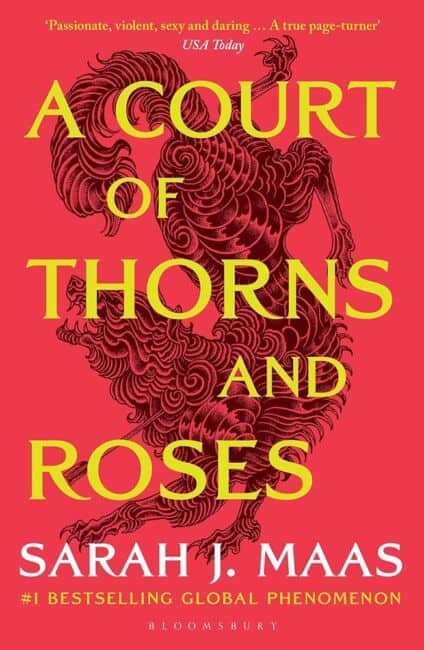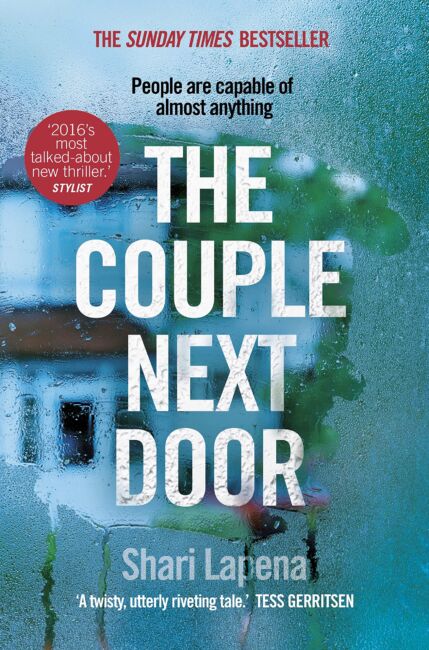Banned Books: Your Questions Answered
While books have always been a source of knowledge, entertainment, and inspiration for their readers, they have also caused conflict and controversy throughout history on account of the contents of their pages.
For hundreds of years, certain books have been “banned” from public purchase and consumption. But why? In this article, we’ll explore the concept of book banning a little further, investigating the various reasons behind it, and discussing some of the most ‘popular’ banned books and their impact on readers.
What are banned books?
Book banning is a widespread form of censorship by which printed works (poems, plays, essays, biographies, works of non-fiction, novels, and the like) are outlawed for political, legal, ethical, or even religious reasons.
Books can be ‘banned’ in a number of ways, owing to several different core players, such as private individuals, government officials, schools, or even entire organisations removing content from the public eye. For a book to be officially “banned” it has to be prohibited by law, usually meaning that free access is not permitted.
The reach of a book ban can extend to libraries, the shelves of bookshops, and, most powerfully, school reading lists. However, it is more common for books to be ‘challenged’ without being fully banned.
As a practice, book banning has been on the rise in recent years, with the American Library Association reporting a record high number of ban proposals in 2021 (1,597 to be precise). It only took until October of 2022 for this record to be eclipsed.
Why are some books banned?
While, in theory, there are hundreds of reasons why a piece of literature could be banned, it is usually because the central themes, content, or ideas of the book clash with widespread sensitivities over the following things:
- Graphic content such as violence or physical harm
- Obscenity
- Sexual explicitness
- Offensive language and content
- Themes deemed ‘inappropriate’ for certain age groups
- Ideology deemed to be harmful
- Political reasons
- Religious reasons
- ‘Ethical’ or moral reasons
On the surface, banning certain books certainly seems to play a protective role — especially to children — but there are a number of potentially harmful elements to this form of censorship.

Should some books be banned?
One of the main issues with book banning is the subjectivity and prejudice often associated with it. Throughout history, it has often been the case that books about certain topics fall under scrutiny far more than others. As American University librarian Kathryn Ray says, “Banning books goes back to colonial times, but it has always had an uneven trajectory.”
What’s more, the type of content that one group of individuals may deem ‘harmful’ or inappropriate is likely to differ from what other groups may think.
This is certainly the case when it comes to LGBTQ+ and postcolonial literature, categories that have been historically persecuted by book banning. According to PEN America’s Banned Book Index, 41% of banned books include LGBTQ+ themes, 40% feature protagonists or secondary characters of colour, and 21% address issues of race or racism.
In 2018, for example, more than half of the top 11 most frequently challenged or banned books in the USA included LGBTQ+ content and/or transgender characters.
The most famous banned books
Over the years, there has been plenty of controversy surrounding banned titles — some of which have since gained popularity as a result. The list below are just a few of the most famous books to have been banned at some point in time (and why):
Lady Chatterley’s Lover, D. H. Lawrence (1928)
This is one of the most famous examples of literary censorship in UK history. Lawrence’s book was initially banned in the UK for sexually explicit content after Penguin was brought to trial under the Obscene Publications Act. However, after the highly-publicised trial, Penguin eventually won back the right to publish the book in its entirety in 1960. On the first day of its re-publication it sold an impressive 200,000 copies in English bookshops alone.
Brave New World, Aldous Huxley (1932)
Since it was published, Huxley’s book has come under fire for its ideology and themes. In the same year as it was published, Australia and Ireland banned the book for containing language that was believed to go against religious and familial values, while India banned it in 1967 for sexual content and mentions of drug use.
The Satanic Verses, Salman Rushdie (1988)
This one is perhaps the most controversial, actually causing a death warrant to be put on the author’s head due to the apparent blasphemy.

- Lolita, Vladimir Nabokov, (1955) which was banned in the UK and France for explicit content that caused widespread moral outrage.
- American Psycho, Brett Easton Ellis (1991) was banned for its graphic and violent content.
- To Kill A Mockingbird, Harper Lee (1960). This one has a long and complicated history. When this book first came out, it was deemed controversial as it was released before support for the civil rights movement had begun to be felt across America’s southern states. Then, in 2016, Accomack County in Virginia decided to ban the book from the educational curriculum on account of its language and themes.
The extreme outcomes of some of the examples above is a testament to the power of literature to move, empower, and — in some cases — enrage people. We’ll let you make your own mind as to how you feel about these.
Keep reading and stay curious
Here at Victoria Freudenheim, we like to encourage our readers to stay curious. We understand the power of literature to illuminate not only the external world around us but the worlds within us too.
If you’re looking for some inspiration on what to read, be sure to keep up to date with our latest reviews, our blog, and our top-rated picks.




